As the exclusive press partner, LUXUS PLUS was present on March 28th at the Cité du Luxe, the annual conference cycle of the Ecole Internationale du Luxe (EIML) in Paris. A space for reflection and discussion between experts, researchers and students on the major issues facing the luxury industry. To celebrate 15 years of EIML Paris, the theme “Rewind & Fast Forward” invited us to look back at the developments that have marked the sector’s development since 2010, but also to glimpse its future.
EIML Paris, created in 2010, the year Instagram was launched, is the first school in France to offer such a rich five-year course devoted entirely to training future luxury experts.
While the luxury ecosystem, its players, its codes, its exclusive image and its hobbyhorses have since evolved greatly, opening up to omnichannel distribution, diversity, culture, second-hand goods, technological start-ups, new tribes and even social networks, luxury now needs professionals who are as curious as they are cultured. Professionals who are able to recall the fundamentals of luxury and, above all, help its players to navigate safely in a context where competition is fiercer than ever. And where its growth can no longer come exclusively from price increases and the Chinese economic boom.
A luxury audience
The least we can say is that there was a crowd on the afternoon of March 28, under the moldings and lights of the Salons Hoche, a stone’s throw from the Champs-Elysées.

Nearly 500 fifth-year students at EIML Paris came to attend the discussions led by Claire Domergue, publication director of Luxus+, on topics as diverse as “New brands and new business models in luxury”, “New international challenges for luxury brands” and “New consumer profiles/retail experiences”.
With the various regional campuses that EIML Paris has developed over the course of its history, namely Aix-en-Provence, Lille, Lyon, Reims and Rennes, more than 1,100 students have been able to follow the Cité du Luxe remotely.
The program alternated between round tables, keynote speeches, and presentations by 28 students who are members of Club Luxe and have conducted research, including quantitative and qualitative studies on the major levers of luxury, whether storytelling, heritage, marketing influence, culture or the omnichannel experience.
For its part, the panel resembled a Who’s Who of French luxury with media personalities such as Pierre-François Le Louët, president of the trend forecasting agency NellyRodi; Bénédicte Epinay, general delegate of the Colbert Committee; Sophie Lacoste, president of Fusalp; Natacha Hochet-Raabe, managing director of the jeweller Fred Paris; Alexandre Boquel, Director of Métiers d’Excellence at LVMH and Fabien Bidet, HR Director Retail at Givenchy.
Also invited to the podium were figures from the investment world in Fashion Tech and luxury, such as Céline Lippi (Luxury Tech Fund) and Olivier Fine (Eutopia), who have respectively acquired stakes in companies such as Vestiaire Collective, Devialet, Etudes Studio and Polene. Olivier Abtan, head of the luxury division of the consulting firm AlixPartners, was also present.
On the academic side, Anne Mione, from the University of Montpellier, looked back at the development of second-hand luxury goods, while Gaelle Pantin-Sohier, from the University of Angers, focused on the rise of rap and coolness in the luxury sector.
2010: and luxury became an accessible “material”
The journey through time to which EIML Paris invited us took us back to 2010, which is to say an eternity ago, to the digital age and the constant flow of current content.
That year, Bernard Arnault had made a surprise investment in Hermès, Alber Elbaz had been unceremoniously dismissed from Lanvin, Lee Alexander McQueen had taken his own life, Kering was still called PPR, Mauboussin became the first jeweler in France to sell on the Internet, John Galliano was still at the helm of Dior while Nicolas Ghesquière was at Balenciaga. Jacquemus and Vestiaire Collective had been founded a year earlier, while Facebook celebrated 3 years of presence in France.
Some signs of change were beginning to emerge: accessible luxury brands were starting out (The Kooples, Sandro, Zadig & Voltaire), Emma Watson, the star of the Harry Potter saga, was the star of the Burberry campaigns, Phoebe Philo, then at Celine, irretrievably saluted her fashion shows in Stan Smith, at a time when streetwear and luxury sneakers were still the preserve of certain tribes. And a certain Olivier Rousteing replaced Christophe Decarnin, who had suffered a burnout, at Balmain, and went on to propel luxury into a digital and community dimension never seen before.
In 2010, luxury is mainly seeing its democratization through its digitization and the development of secondary lines (RED Valentino, C by Chloé, Burberry Brit, etc.). These are less expensive than the more exclusive collections and offer a response to the masstige strategies of less prestigious brands.
Among the other changes at work, the luxury sector, a niche sector, is beginning to stir the curiosity of students and young professionals attracted by career opportunities, while France and Europe are hit by the financial crisis, stemming from the collapse of Lehman Brothers a year earlier. It is in this context that EIML Paris was founded in 2010.
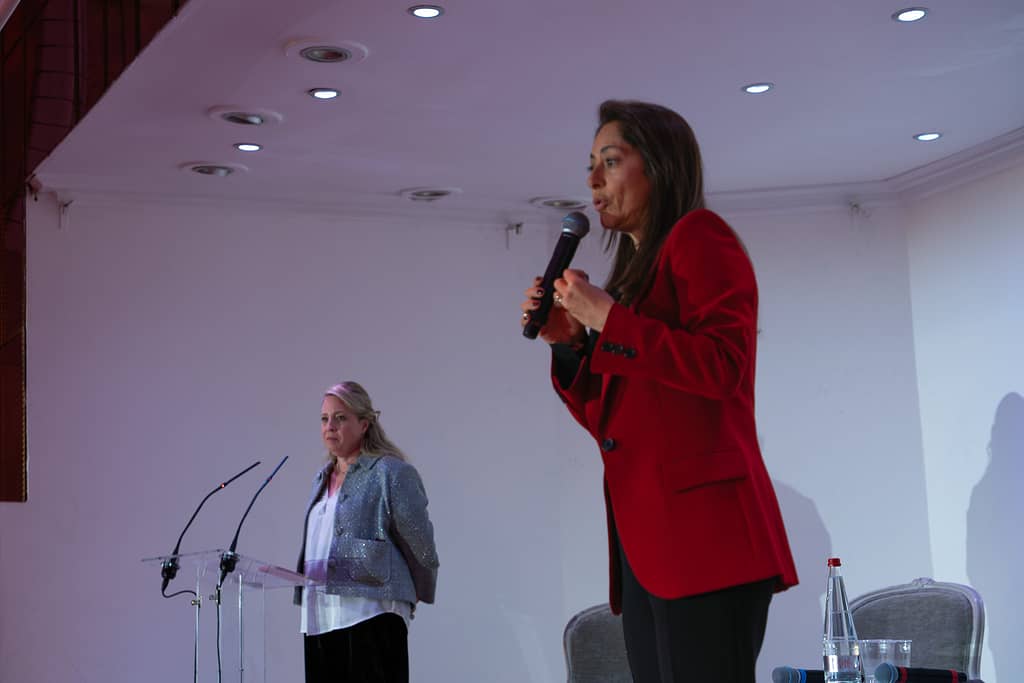
“EIML Paris is the first luxury marketing school to be created in France with an original educational project. In this school, we have always been committed to making it a House and a place where there is exchange between students, luxury professionals and luxury academics,” says Annabelle Bismuth, educational director of the Skolae group, parent company of EIML Paris.
Sandrine Poupon, the current director of this establishment, emphasizes the pioneering nature of this academic project dedicated to the luxury industry, a major provider of employment: “First because it is a pioneer with 15 years of existence, also first in terms of size with more than 1,100 students and first in terms of its prestigious partnerships. With the aim of academic excellence and state-recognized qualifications at Bac+3 and Bac+5 level, EIML offers training in marketing, communication, digital and management, as well as merchandising and retail.”
“We had a dream 15 years ago with Pierre Azoulay – current president of Skolae – with Sandrine Poupon and the first director of EIML Paris, Elodie de Boissieu, to have these places of exchange between students, professionals and academics based on the model of the Cité de la Réussite at the Sorbonne”.
While the idea was there, the format has been constantly enriched over the years to make it “a place of intellectual production”, first with “cycles of conferences and then white papers sent to companies”. The Luxury Club was then set up with alumni to provide content and programming for this City of Luxury.
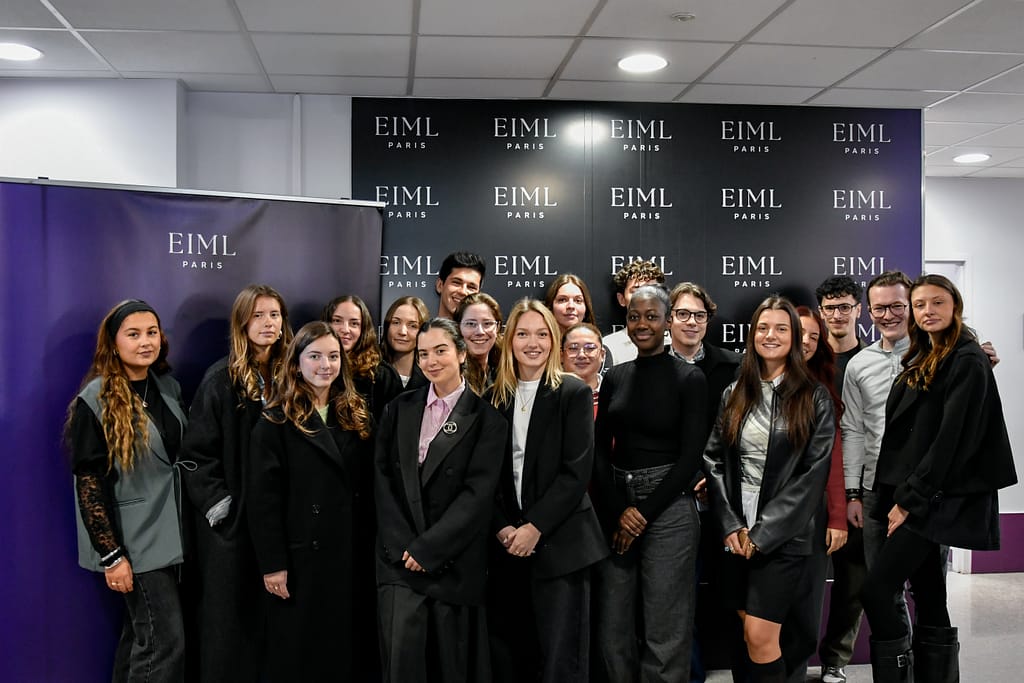
2025: yet another crisis for luxury… but a salutary one
The speakers may well follow one another on the podium, but they all agree: luxury is currently going through a period of slowdown, after a period of strong growth.
The fact that the historical pillars of luxury growth, namely the Chinese engine for the past ten years and the American market hit by greater volatility, are no longer there partly explains the phenomenon.
Olivier Abtan, head of the luxury division of the consulting firm AlixPartners, is rather reassuring: “This is not a violent crisis. We are not in the same situation as in 2001, when the market plummeted by 20%, or in 2008. We are more in a kind of prolonged gloom.” He adds, ”For me, we are witnessing a normalization of the industry. This mainly means that the double-digit growth we have seen in recent years, mainly fueled by the growth of China, is over.”
The consulting specialist goes further: “Today, the very concrete issues facing luxury companies and for which they are seeking our advice are somewhat new issues of efficiency, productivity and even cost reduction, in other words words that we have not heard in the luxury sector until now.”
For his part, the president of the trend forecasting agency NellyRodi, Pierre-François Le Louët, emphasizes another phenomenon at the root of the growth of luxury goods in recent years, which is reaching its limit: “growth achieved essentially through continuous price increases.”
However, Bénédicte Epinay, Managing Director of the Comité Colbert – a representative body for French luxury goods – points to the many alternative drivers, namely the Middle East, where the alcohol market in Saudi Arabia is still waiting to be opened up, but also Korea and Japan. The latter “has performed particularly well thanks to a weak yen, and the Chinese have come to spend”. Thailand is also experiencing tremendous growth.
“Then you have engines that are still struggling to take off, about which a lot is being said, promising things but which are still victims of customs and non-customs barriers such as India and Latin America”.
Alexandre Boquel (LVMH) warns against the cyclical messages of the luxury crisis. “We talk about a crisis almost every 10 years. We had the 2001 crisis with the Twin Towers, the 2008 financial crisis, and each time we had round tables with cries of ‘it’s dramatic’ and ‘where is luxury going.’”
Applauded by the audience for his optimistic message, the director of the LVMH group’s luxury goods division reiterated that a “growing universe is a universe that is riding the wave and not thinking about itself”. He adds, “it is a tremendous opportunity for our luxury companies to ask themselves questions about their strategy for the years to come, about the customers they want to target, the geographical areas they want to launch into, and even about their DNA.”
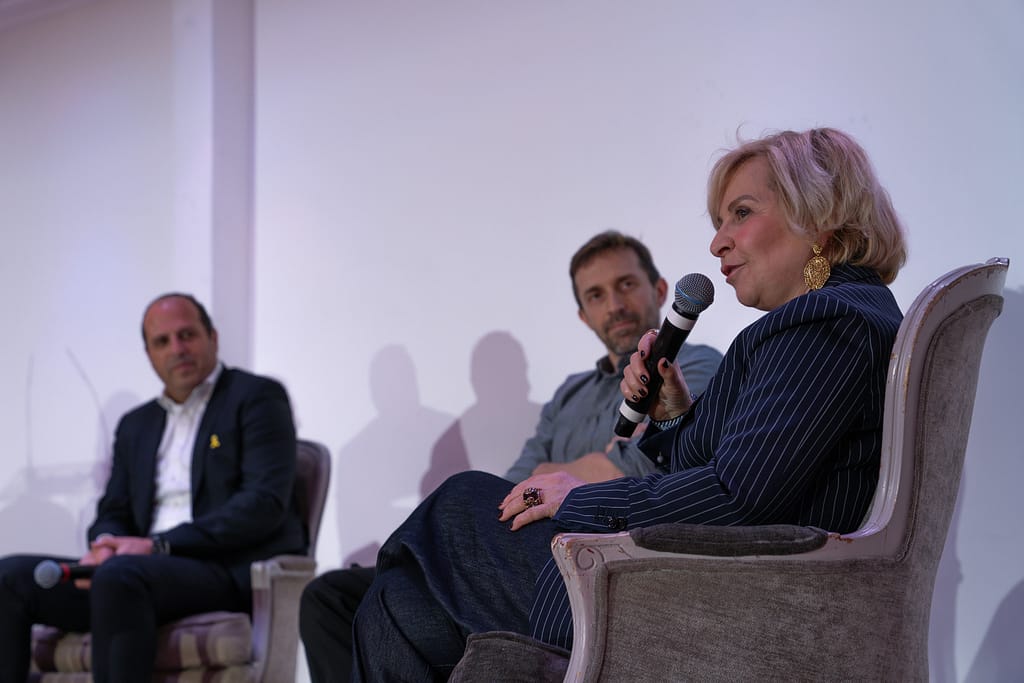
“It is one more crisis for the luxury sector, but it will be beneficial.” says Bénédicte Epinay. As early as 1954, the Comité Colbert was set up by the perfumer Jean-Jacques Guerlain to fill the workshops of French luxury brands following the devastation of the Second World War, but also with the aim of boosting French export sales. And what can we say about most of the Maisons of the Comité Colbert, which were founded at the beginning of the 19th century under the July Monarchy of Louis-Philippe I and which have had to face a number of crises, wars and new inventions, starting with the train, the airplane and the sewing machine. Hermès itself is said to have opened its first store in New York on the eve of the 1929 crisis.
Similarly, it was in the wake of the collapse of the investment bank Lehman Brothers that Antoine Fine founded Eutopia. This investment fund, which combines finance with impact companies, is known for having supported the development of the successful leather goods brand Polène, in which L Catterton, LVMH’s investment fund, acquired a minority stake last September.
For him, “we are moving from a world where there were very global brands with a somewhat ‘top-down’ feel, found everywhere and rather sterile, to more community-based, identity-driven brands. Groups are having to rethink their strategy and review their portfolio, which is leading to numerous mergers and acquisitions in the sector.”
It is also a crisis that convinced Pierre François Le Louët, then at L’Oréal, to take over the trend forecasting agency founded by his mother “at a time when the company was experiencing a growth crisis and needed to structure its history a little.”
“Why are we currently in a crisis dynamic?” asks Alexandre Boquel (LVMH). ”I think our companies are making a double observation at the moment, which is that quality is paramount. Having the talent and know-how that the whole world envies us and that make the difference in our products is exactly what they want to focus on at the moment. The other point is creativity. Individuals in particular want a product that stands out. They want something they don’t see everywhere.”
In Antoine Fine’s view, the Polène brand epitomizes these developments in luxury: “Between 2016 and 2020, luxury brands increased their prices significantly and sometimes became inaccessible in the sense that they were less focused on the local clientele and more on new markets, emerging countries. We were witnessing a detachment through price and communication.”
Luxury put to the test of truth
Fusalp manager Sophie Lacoste seems to have hit the nail on the head when it comes to the current and future challenges facing the luxury sector: “What’s important in a brand today and what customers are looking for, I think, is authenticity, a brand with clear values that expresses real values.”
A student at EIML Paris corroborates this view: “What saves luxury today? I would simply say the truth. When you see all these new brands promoting their archives. And when I say truth I mean their history, where it comes from? How was it created?”
To appeal to new generations in search of authenticity, luxury must therefore, in the words of the Club Luxe of the EIML Paris, find a balance between exclusivity, innovation and emotion.
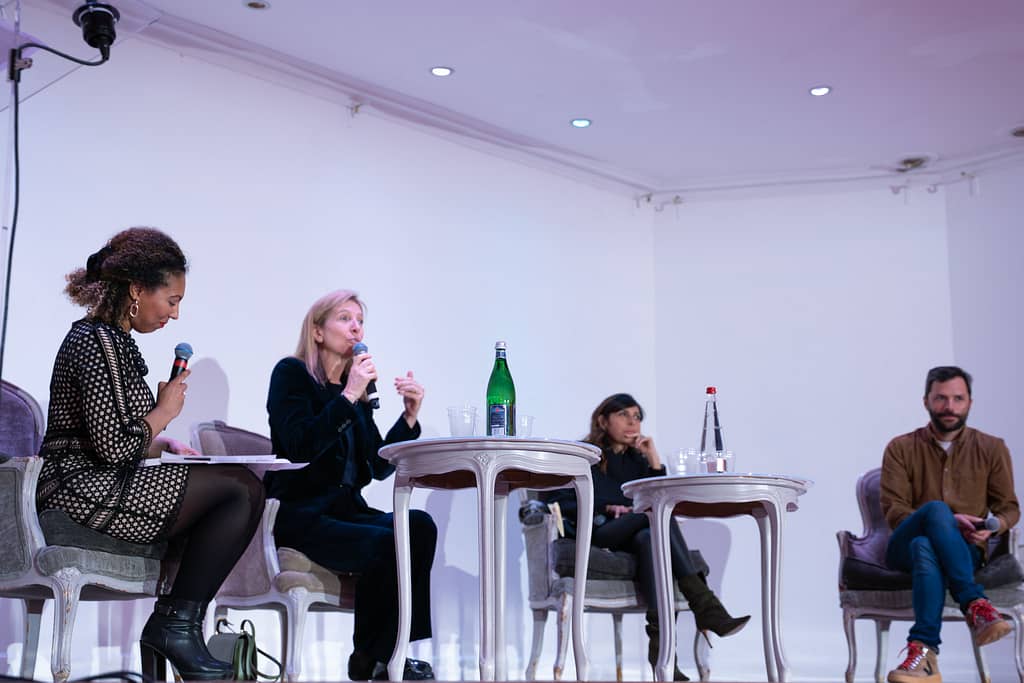
If Sophie Lacoste decided to buy out the sleeping beauty that was Fusalp in 2014, which at the time had a turnover of barely 5 million euros, it was primarily because it had extremely strong technical and stylistic DNA and heritage. In the 1970s, Fusalp was also nicknamed “the Courrège of skiing”. The first thing the former Lacoste manager hastened to do was to rediscover the brand’s identity, retrieve the original logo and promote it.
In this context, and to ensure that the inherent dream of luxury endures, brands must revalue their creativity and exceptional know-how. This creativity and authenticity must also include an important factor in guaranteeing the desirability of luxury: the customers themselves.
As Natacha Hochet-Raab, managing director of the jeweler Fred (LVMH), tells us, there has been a shift from product to customer over the past ten years that must be continued. “In the years 2000-2010, the focal point and the star of decision-making was the product. Today, there has not been a meeting in 10 years where Mr. Arnault does not mention the customer. Strategically speaking, there has been a real upheaval.”
She emphasizes the importance of the trends identified by players such as the NellyRodi firm: “The work that I do with Pierre-François Le Louët and the whole team is to understand what makes individuals dream. In other words, it’s about how, by getting to know the customer better, we can go beyond expectations and seduce them more, so that they become our customer, come back and buy more.”
To achieve this in-store and to seduce with an iconic product such as the Force 10 bracelet, technological devices using artificial intelligence and virtual fitting may have been available for three years, but it is not about using technology for technology’s sake, but about giving the customer an experience.
A local customer in particular who needs to be understood more than ever in order to win him back. For Antoine Fine (Eutopia), “you have to know who you’re talking to. We live in a world where individuals like to get together by interest group or by universe.” Among the fashionable interests, rap has become the dominant musical style among Gen Z, influencing the choice of ambassadors, as well as streetwear looks.
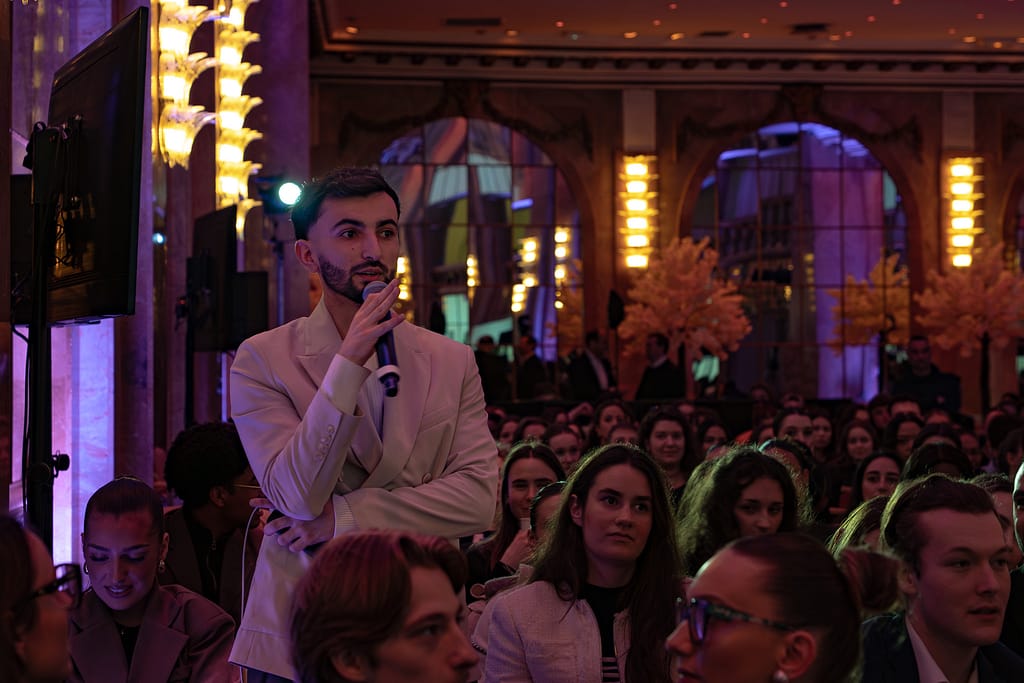
A student at EIML Paris also highlights the counterproductive strategy of some Houses of focusing on the super-rich. “There has been a big focus on VIC clients lately, who make up 2% of the luxury clientele and generate 40% of the turnover. I think that luxury, in order to continue to exist, must return to the remaining 98%. It is these neglected people that we must rethink today.”
One way to capture this clientele for whom luxury has become unattainable is through the development of second-hand goods.
As the Club Luxe of EIML Paris reminds us, buying a pre-owned luxury item is no longer stigmatizing but is, on the contrary, “a sign of commitment that stands the test of time with brilliance”.
With increased participation from Luxury Tech Fund, Vestiaire Collective now has a turnover of over 200 million euros. For Céline Lippi, this investment is a testament to the growing appeal of a new theme in fashion and luxury: circularity. “After adopting or half-heartedly embracing digitalization, luxury brands began to face a rise in consumer demand for more responsible consumption as well as very strong European regulations.”
For Alexandre Boquel, the sustainability of luxury will depend on the transmission of know-how. “People may be familiar with the LVMH group, Louis Vuitton and Dior, but we still have jobs in our companies that are difficult to attract because they are not in the newspapers and young people who want to come and work for us are not automatically familiar with them. My role is to raise awareness of our 280 professions, to promote them, to pass them on and to do everything we can to set up training courses and welcome talented newcomers to our professions in short supply.
Because while many students already see themselves in marketing and communication at luxury companies, Fabien Binet, HR Director Retail at Givenchy, reminds us that the core business at LVMH remains customer experience and retail-related professions. These paths can lead to positions of responsibility. For example, Natacha Hochet-Raab, current director of the Fred jewelry store, cut her teeth in Sephora and Louis Vuitton stores.
Finally, for Bénédicte Epinay, luxury is “an industry that is both prosperous and forward-looking”. At the European level, the sector represents 750 brands, 1 billion euros in turnover, 5% of European GDP and 2 million jobs. She adds, “it is the most international sector there is. Luxury is established in more than 180 countries. I don’t know of any other sectors that are at that level.” The general delegate of the Colbert Committee recalls the contribution of luxury to the European and, of course, French economy. In France, for example, before Covid, we were at 28% of the CAC 40, for some time now, we have been at more than 35%.
Read also > L’Oréal expects 5% growth in China in 2025
Featured photo: © EIML





































